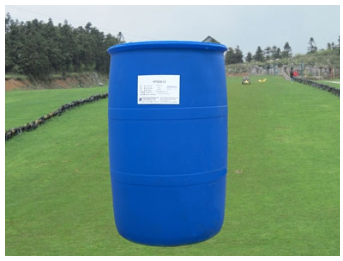The application of surfactants in ceramic industry involves the theories of material science, colloidal chemistry and surface chemistry. Therefore, it is necessary to study the effect of surfactants on ceramic matrix materials, the sintering and eutectic properties of ceramic matrix materials, and the influence of residual components on product properties.

When surfactant is used as grinding aid, it should have good selectivity, be able to adjust slurry viscosity, have strong resistance to Ca2 + and Mg2 +, and be not easily affected by pH. It should be noted that different powder materials such as alumina, quartz and limestone have different surface state and hardness.
When used as dispersant of ceramic slurry, we should pay attention to the influence of the surface state of ceramic particles, charge, pH value of slurry and other factors on the stability of slurry. Therefore, we should select suitable surfactants according to the different functions and requirements of molding process, and constantly develop new green and high-performance surfactants. It is believed that with the deepening of research and the development of science and technology, the special structure and function of surfactants will play a greater role in the field of ceramic industry.
In the treatment and recovery of ceramic industry wastewater such as slurry and glaze slurry wastewater, precipitant or flocculant is often added. Its function is opposite to that of dispersant, which can promote the destabilization and aggregation of colloid system, so as to improve the dewatering property and grouting efficiency of slurry.
The molecular weight of polymer surfactant is large, and there are enough reaction points or active points on the molecular chain. It plays a role of bonding and bridging between the two particles which are far away from each other, so that the particles gradually become larger and combine with the particles in various forms to form hard aggregates and flocculate. The mechanism of action is as follows: ① neutralizing the surface charge of colloidal particles; ② part of the chain segments adsorb on the surface of particles in a mosaic manner; ③ crosslinking or sensitizing and bridging; ④ polymer chains form entanglement network to capture particles.
Commonly used surfactants (flocculants) are sodium laurate, sodium stearate, dodecylaminoacetic acid, octadecyl trimethyl ammonium chloride, etc. Among them, cationic surfactant can also play a significant bactericidal role in wastewater treatment.